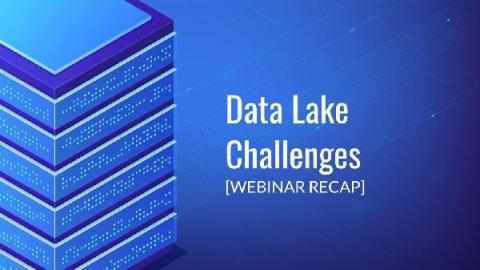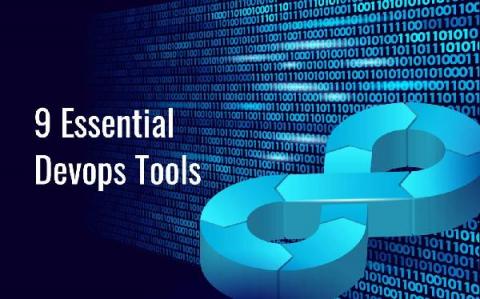2021 Benchmark Report | Log Management and Analytics
The global market for log management was valued at $1.9 billion in 2020, according to MarketsandMarkets. Analysts predict this will grow to $3.7 billion by 2025. With this massive growth in log data, there will also be massive demand for escalated support in log management systems.











